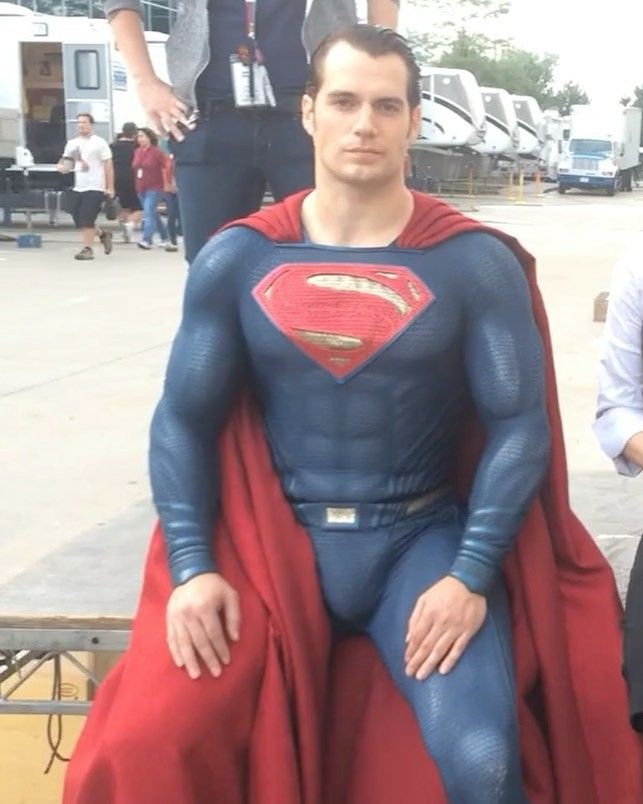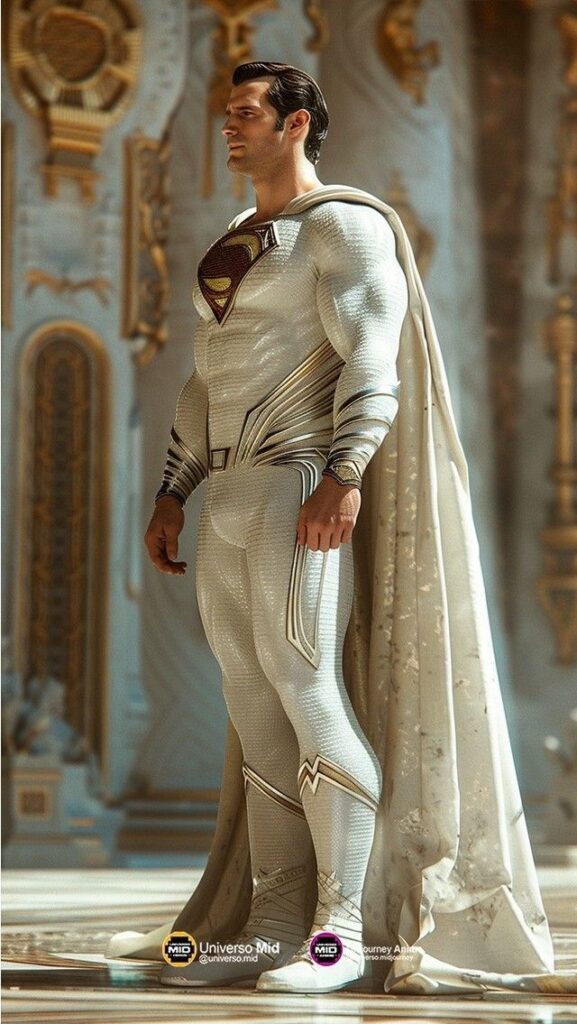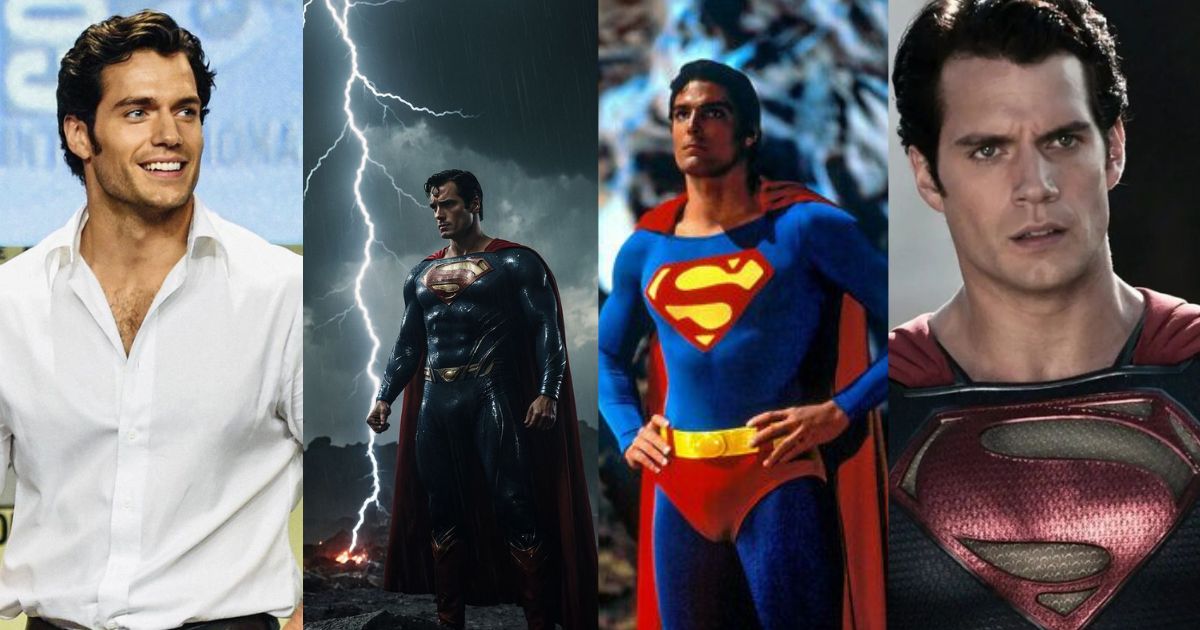Before the Superman movie was even published, the DCU’s first effort featured the critically lauded “Death of Superman” plotline. The first film in James Gunn and Peter Safran’s DC Universe relaunch is Superman. However, Creature Commandos, another DCU initiative that honored the “Death of Superman” narrative, had already established the legendary Man of Steel in the franchise.

One of DC’s most iconic comic book arcs, “Death of Superman,” follows the hero’s final sacrifice in the fight against the terrifying Doomsday. One of the most distinctive visual representations of Superman’s legacy is the picture of his frayed cloak fluttering like a flag. Given that Creature Commandos alludes to this plot, the DCU has decided to present Superman in a very unusual manner—via his absence rather than through valiant heroism. This paves the way for a more thorough examination of his persona in the next Superman movie (2025).
The First Release of the DC Universe Superman was recently introduced through the adaptation of The Death of Superman, which featured a tribute to Superman’s demise.

Creature Commandos, an animated series based on the same-named antihero team, is the first release in the DCU: Chapter One: Gods and Monsters. In “Chasing Squirrels,” the fourth episode of Creature Commandos, Amanda Waller is given a glimpse of a post-apocalyptic future by Circe. Superman’s ripped cape is shown flapping in the wind as the vision ends with a battlefield covered in devastation.
The artwork is a clear homage to the famous cover of “The Death of Superman,” in which the hero’s demise is starkly symbolized by the ripped cape. Reminiscent of the JLA “Tower of Babel” cover, the remainder of the image consists of a line of heroes hanging from crosses. But it’s the ripped cape that takes center stage and makes a powerful emotional statement. Superman’s presence in the DCU is established by this daring narrative decision, which also emphasizes how crucial he is to the cosmos.
The creators have made a statement by reimagining such a famous moment: Superman’s legacy will remain at the heart of the DCU even if he is not present. This decision also goes against conventional wisdom because Superman is introduced in the franchise as a symbol of sacrifice and loss rather than as a savior. Given that Gunn previously implied that Superman will be a bulwark of hope, this is very intriguing.
A defeated Superman is also depicted in the Superman trailer.
A battered Superman appears in the trailer for Superman (2025).
The Man of Steel continues to be shown as fragile in the first trailer for Superman (2025). The trailer sets a tone of fallibility right away with the arresting sight of Superman lying face down in a snow-covered crater, clearly hurt and bleeding. In stark contrast to Man of Steel, this portrayal is far from the unstoppable, divine figure that viewers have grown to identify with the character.
Rather than flying across the skies with triumph, Superman is grounded, both physically and figuratively. A unified narrative thread that highlights Superman’s humanity is produced by this weak portrayal, which is consistent with the images of Creature Commandos. The DCU sets the tone for a more emotionally impactful narrative by allowing viewers to relate to him on a more profound, human level by portraying him as a hero who is defeatable.
Why Superman Is Constantly Defeated in DC Universe Releases
Compared to the DCEU, the DCU is establishing a very different Superman.
In the early DCU initiatives, the recurrent theme of a vanquished Superman is a purposeful narrative decision with several applications. In the first place, it greatly humanizes the character, which helps audiences relate to him in a way that godlike representations occasionally can’t. Because it can make his hardships seem less engaging, Superman’s near-invincibility has frequently been mentioned as a storytelling challenge. The DCU emphasizes his weakness by portraying him at his lowest point, making him seem more approachable and real.
Second, this strategy fosters early compassion for Superman. Viewers get fond of him after witnessing his hardships and support for his eventual success. Additionally, it raises the stakes for his character because his triumphs would seem earned rather than predetermined. By using this tactic, viewers are guaranteed to become emotionally involved in Superman’s adventure right away.
Last but not least, presenting Superman as flawed introduces a degree of ambiguity into the story. The DCU has previously presented this scenario as one filled with hardships since Gunn’s Superman is meant to be a symbol of optimism. In addition to defying expectations, this strategy supports the notion that even the strongest heroes can encounter insurmountable obstacles. The DCU is setting the stage for a complex depiction of its main character by alluding to the “Death of Superman” in Creature Commandos and showcasing a bruised Man of Steel in the Superman teaser.
